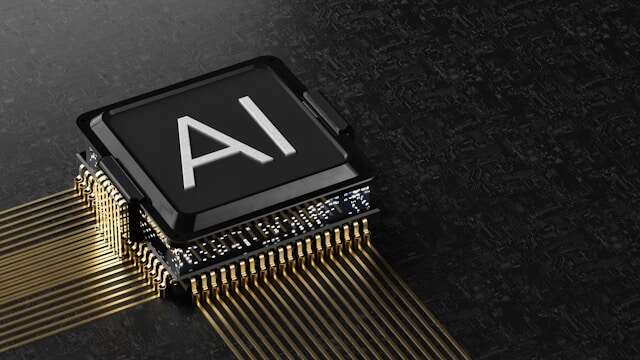Blog Article
Real-Time Face Detection with OpenCV

Real-time face detection has become a fundamental feature in various applications, from smartphone unlocking to surveillance systems. OpenCV is one of the most powerful tools used for this purpose.
OpenCV (Open Source Computer Vision Library) provides a range of tools and algorithms for processing images and videos in real-time.
Using Python, developers can easily integrate OpenCV into their projects for tasks like face detection, object tracking, and motion analysis.
The Haar Cascade classifier is one of the oldest and simplest ways to detect faces. It uses features extracted from grayscale images to identify patterns resembling facial structures.
In 2025, more developers are opting for deep learning-based face detection models like DNN (Deep Neural Networks) integrated with OpenCV.
These models offer higher accuracy, robustness to lighting and orientation, and better performance in complex environments.
To detect a face, the algorithm scans the video frame, identifies key facial points, and draws a bounding box around the face in milliseconds.
Real-time processing is made possible through GPU acceleration, reducing latency and enabling deployment in edge devices.
OpenCV also supports integration with libraries like dlib and MediaPipe for facial landmark detection and facial expression recognition.
Applications include attendance systems, security cameras, interactive displays, and emotion-aware AI systems.
OpenCV continues to be the go-to choice for developers who want full control and flexibility in building face-aware applications.
As privacy concerns grow, developers must also ensure ethical implementation—using face detection responsibly and within legal bounds.
